Millions of years ago, Earth was home to a supercontinent called Gondwana, which included present-day South America, Africa, Arabia, Madagascar, India, Australia, and Antarctica. Around 140 million years ago, tectonic plate movements caused South America and Africa to begin drifting apart. As magma from Earth’s mantle rose, it formed a new oceanic crust, gradually creating the Atlantic Ocean that now separates the two continents.
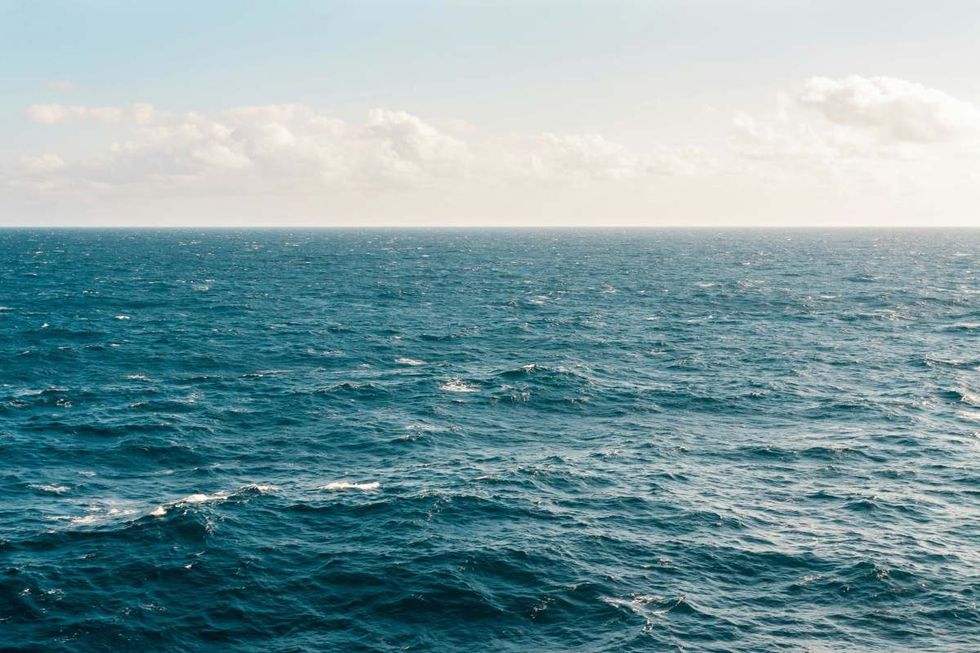
In a new study, paleontologists discovered 260 near-identical dinosaur footprints in Brazil and Cameroon, suggesting that what is now a 6,000-mile stretch of ocean was once a connected landmass, likely a walkway for dinosaurs, reports The Sun. The full study was published in the New Mexico Museum of Natural History & Science.
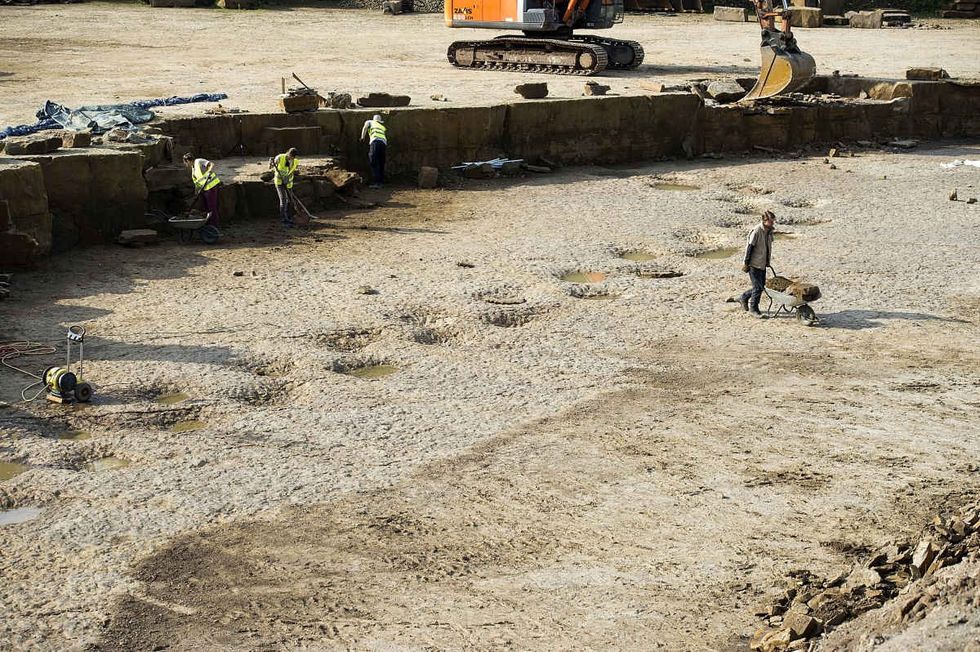
The research was conducted by a team led by Southern Methodist University (SMU) paleontologist Louis L. Jacobs. “We determined that in terms of age, these footprints were similar,” Jacobs said in a SMU press release. “In their geological and plate tectonic contexts, they were also similar. In terms of their shapes, they are almost identical.”
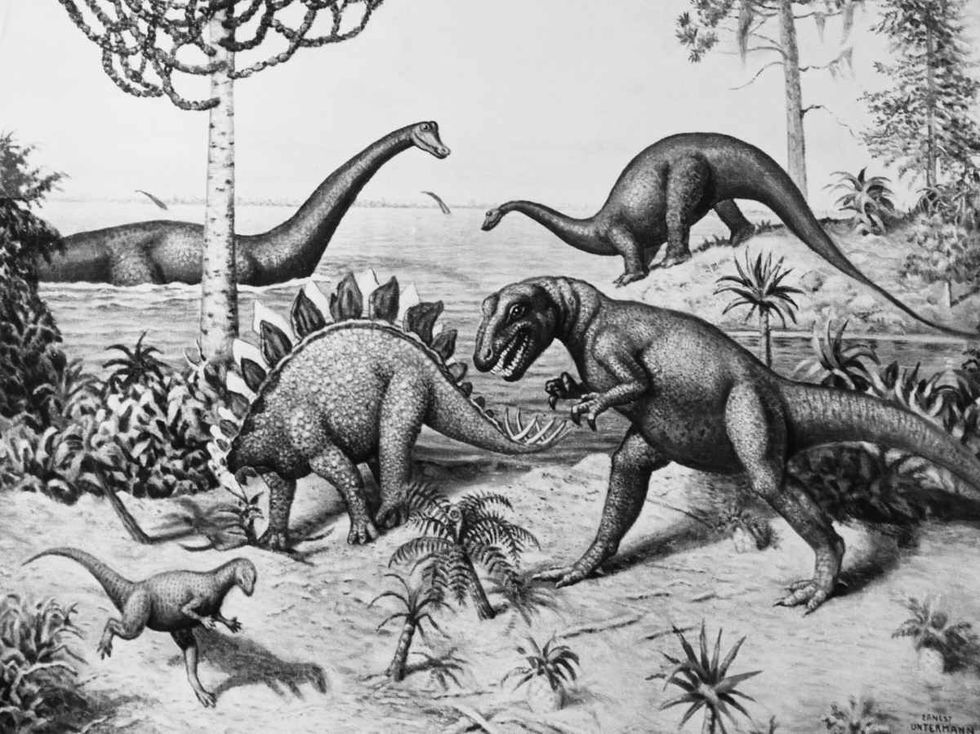
The dinosaur footprints they found were pressed into mud and silt, along the trails of ancient rivers and lakes. The footprints were more than 3,700 miles, or 6,000 kilometers, away from each other, said Jacobs. Dinosaurs stamped these footprints on the ground nearly 120 million years ago while they were roaming the grounds of Gondwana, even before it broke off from the larger supercontinent Pangea.
“One of the youngest and narrowest geological connections between Africa and South America was the elbow of northeastern Brazil nestled against what is now the coast of Cameroon along the Gulf of Guinea,” Jacobs explained. “The two continents were continuous along that narrow stretch so that animals on either side of that connection could potentially move across it.
A co-author of the study, Diana P. Vineyard, revealed that most of the dinosaur fossils were created by “three-toed theropod dinosaurs,” and a few were also likely made by sauropods or ornithischians. These footprints, according to the press release, were discovered in the Borborema region in the northeast part of Brazil and the Koum Basin in northern Cameroon. In addition to dinosaur tracks, the team also came across fossil pollen smudged in chalky sediment, that was aged to around 120 million years ago.
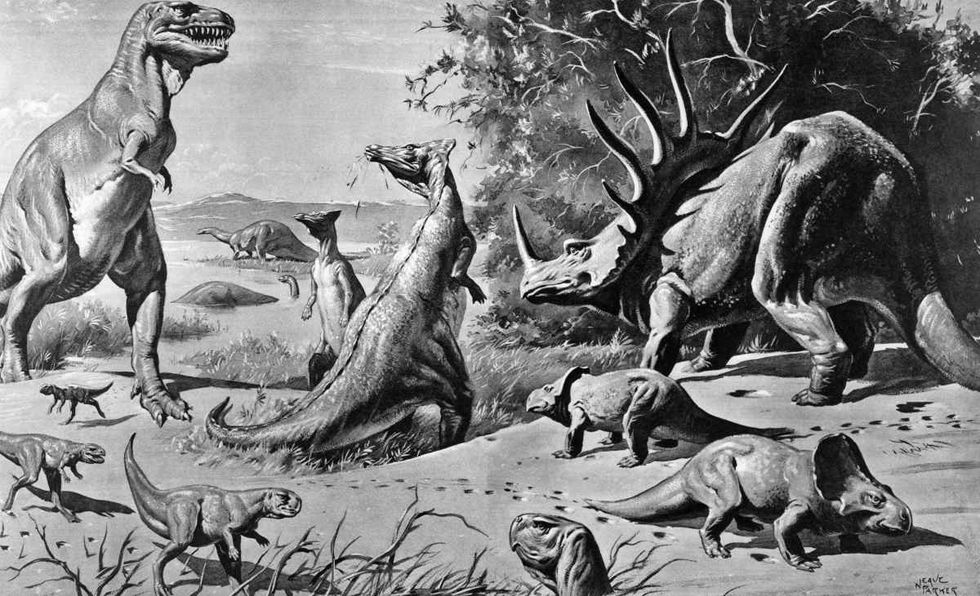
Commenting on this, Jacobs said, “Muddy sediments left by the rivers and lakes contain dinosaur footprints, including those of meat-eaters, documenting that these river valleys could provide specific avenues for life to travel across the continents 120 million years ago.”
Jacobs first discovered the dinosaur tracks in Cameroon in the 1980s, and he presented them at the First International Symposium on Dinosaur Tracks and Traces, convened by paleontologist Martin Lockley, in 1986, per CNN. “One beauty of this Earth is that any of us can see that Africa and South America used to fit together like puzzle pieces,” he said, “It is easy to conceive that in a connected world, animals, including dinosaurs, could and would be likely to move from place to place.”
This article originally appeared 2 months ago.


















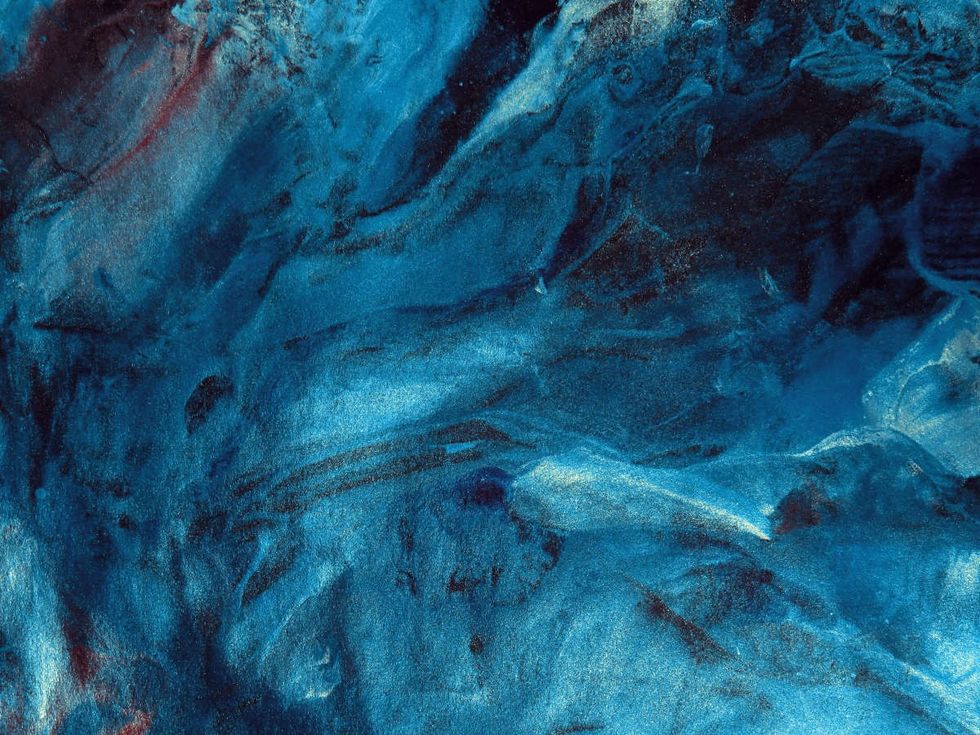 Representative Image Source: Pexels | Anni Roenkae
Representative Image Source: Pexels | Anni Roenkae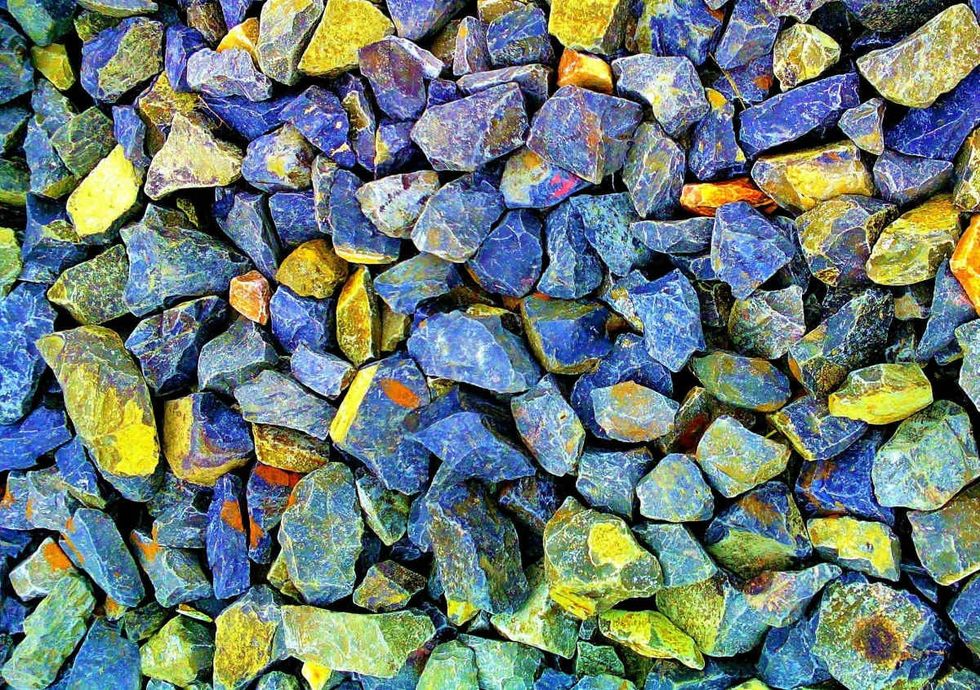 Representative Image Source: Pexels | Its MSVR
Representative Image Source: Pexels | Its MSVR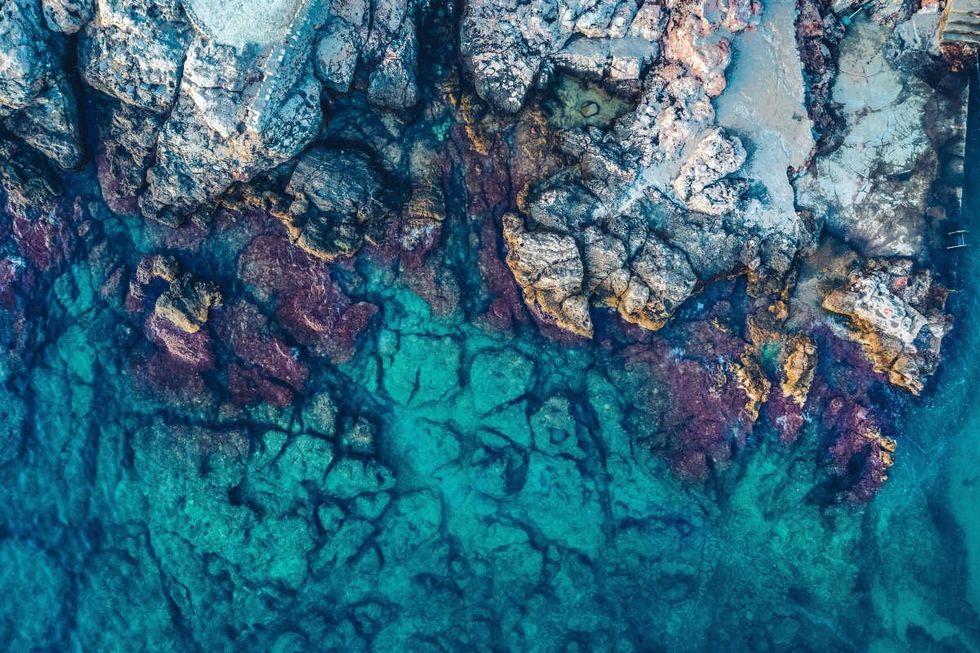 Representative Image Source: Pexels | Lucian Photography
Representative Image Source: Pexels | Lucian Photography

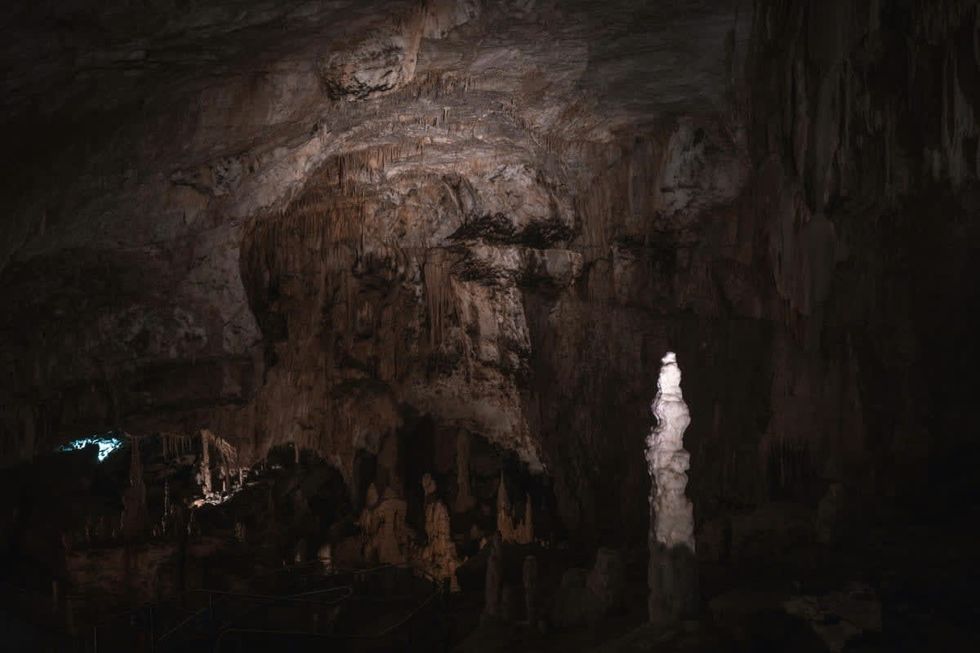 Representative Image Source: Pexels | francesco ungaro
Representative Image Source: Pexels | francesco ungaro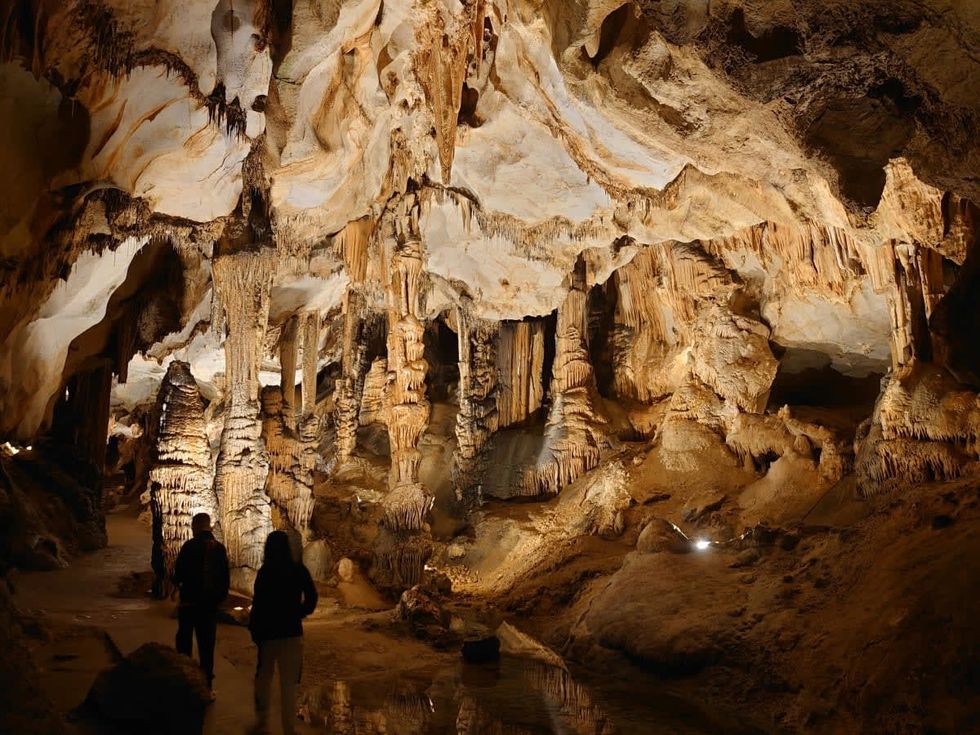 Representative Image Source: Pexels | parfait fongang
Representative Image Source: Pexels | parfait fongang Image Source: YouTube |
Image Source: YouTube |  Image Source: YouTube |
Image Source: YouTube |  Image Source: YouTube |
Image Source: YouTube | 
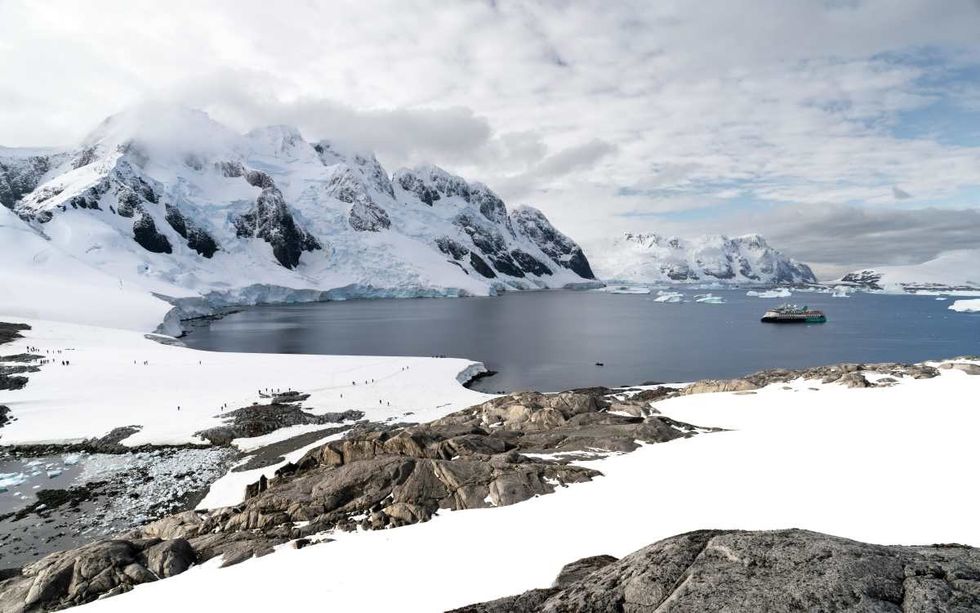 Representative Image Source: Pexels | Hugo Sykes
Representative Image Source: Pexels | Hugo Sykes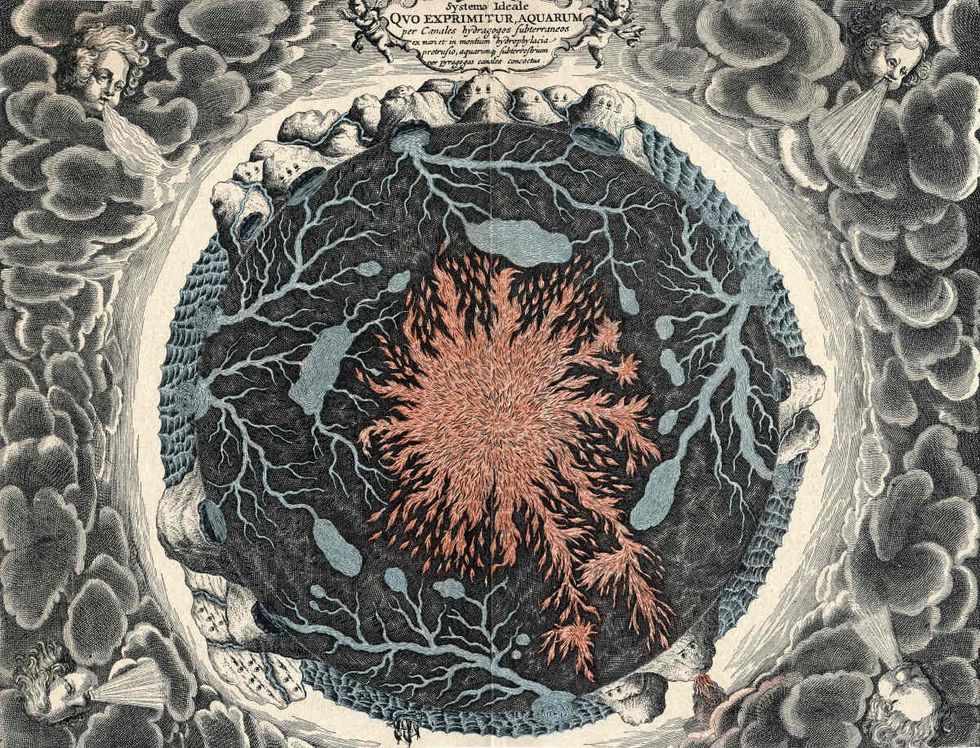 Representative Image Source: Sectional view of the Earth, showing central fire and underground canals linked to oceans, 1665. From Mundus Subterraneous by Athanasius Kircher. (Photo by Oxford Science Archive/Print Collector/Getty Images)
Representative Image Source: Sectional view of the Earth, showing central fire and underground canals linked to oceans, 1665. From Mundus Subterraneous by Athanasius Kircher. (Photo by Oxford Science Archive/Print Collector/Getty Images)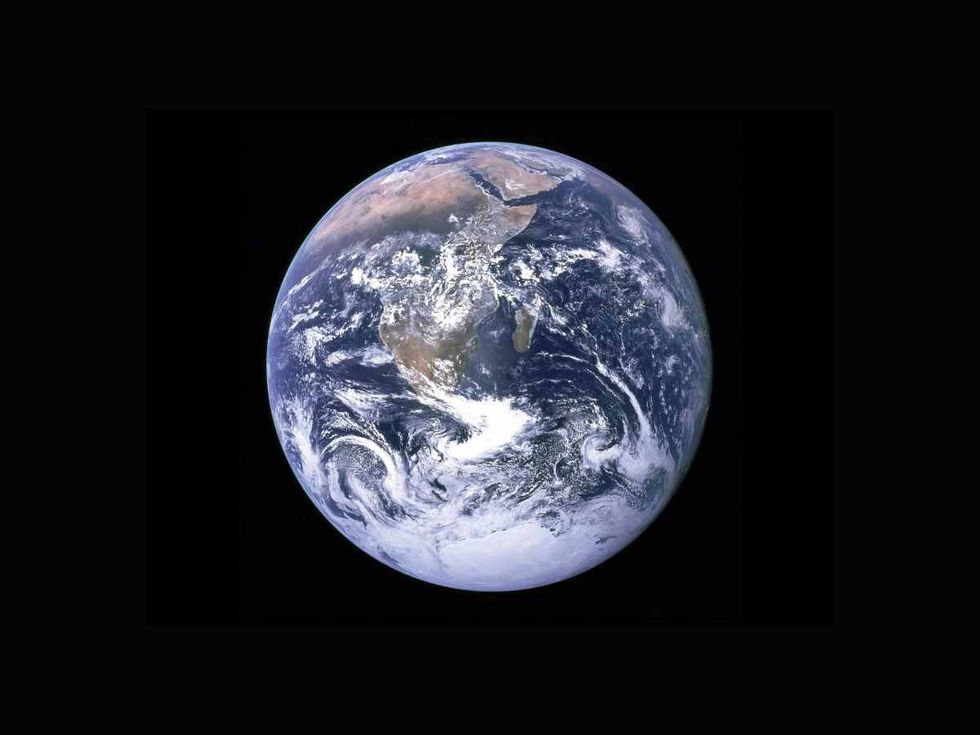 Representative Image Source: Pexels | NASA
Representative Image Source: Pexels | NASA




 Representative Image Source: Pexels | Steve Johnson
Representative Image Source: Pexels | Steve Johnson Representative Image Source: Pexels | RDNE Stock Project
Representative Image Source: Pexels | RDNE Stock Project Representative Image Source: Pexels | Mali Maeder
Representative Image Source: Pexels | Mali Maeder
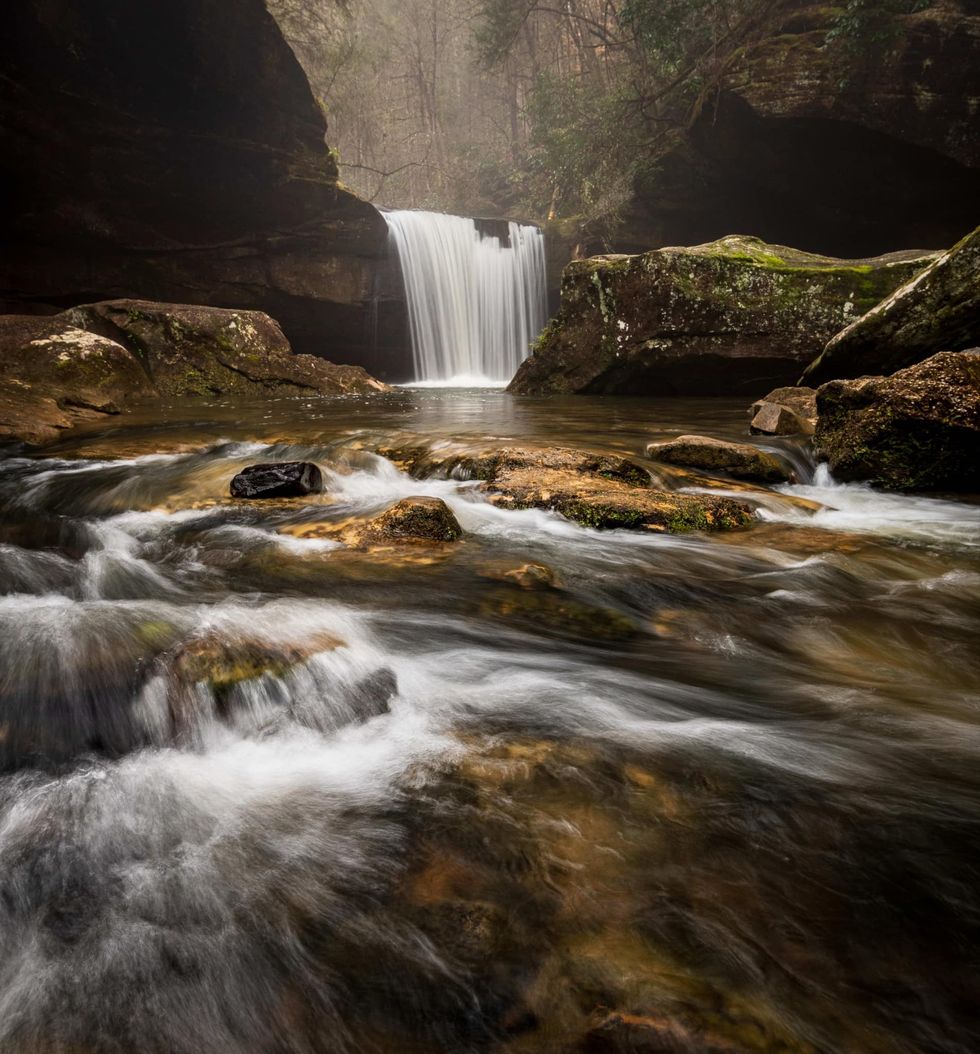 Photo: Craig Mack
Photo: Craig Mack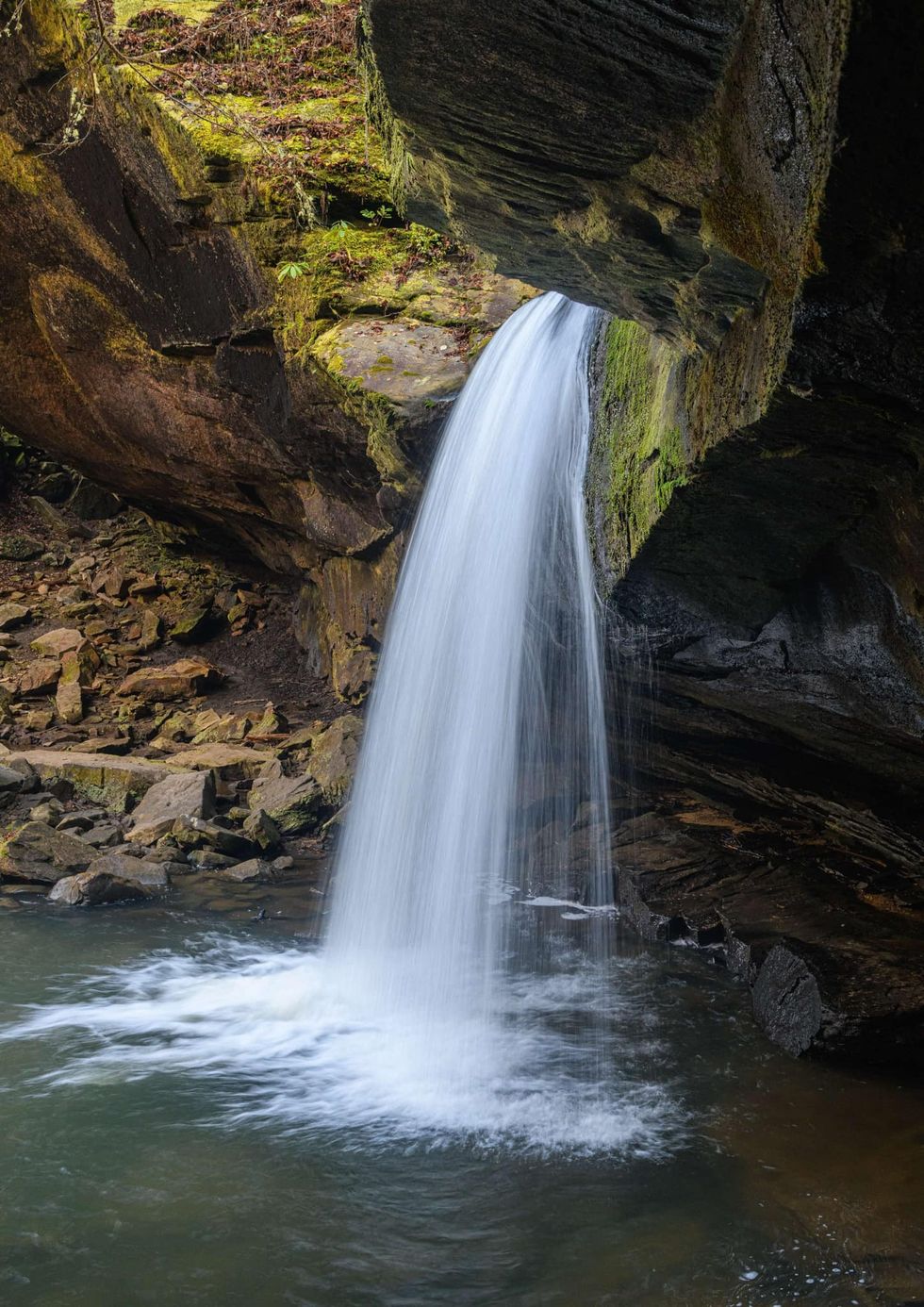 Photo: Craig Mack
Photo: Craig Mack